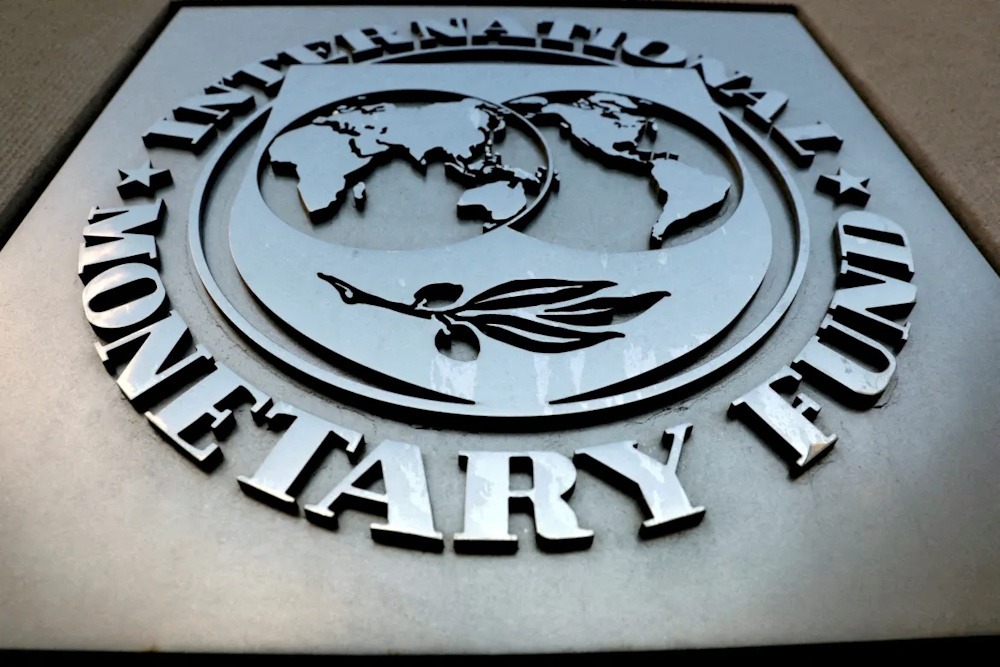IMF gives President Javier Milei’s government grace on a crucial benchmark target, allowing it to continue its US$20-billion lending package. The International Monetary Fund has provided Argentina with some leeway regarding a critical benchmark, following the country’s failure to meet the target this month. Argentina must now increase its net hard-currency reserves to a negative US$2.6 billion by the end of this year in order to access the next tranche of IMF funds, which is approximately US$5 billion lower than the previous target. The current figure stands at negative US$6.4 billion, partially attributable to a sovereign bond payment made last month.
The International Monetary Fund approved a disbursement of US$2 billion to Argentina on Thursday, following the granting of a waiver regarding the reserves accumulation target, as detailed in an IMF staff report released late Friday. The report indicates that Argentina has successfully achieved its other targets, including the objective of maintaining a budget surplus. As of June 13, it fell short of the negative US$1.1 billion benchmark for reserves by approximately US$3.6 billion.
Prior to the IMF’s approval of the programme in April, Argentina was depleting its reserves amidst market instability, and the funding provided minimal impact in attracting inflows, as indicated in the report. Officials also emphasized “greater price discovery and continued disinflation,” which contributed to the outflows, according to the IMF staff. Reserves are currently experiencing a prolonged rebuilding process, coinciding with an expansion of the current account deficit, it stated.
According to the staff report, Argentina is implementing measures to address the reserves situation. Bond issuances and block foreign exchange purchases have contributed to a US$2 billion increase in reserves since June. Privatizations, asset sales, and concessions are anticipated to generate additional revenue. The IMF has adjusted the reserves accumulation schedule following a request from Argentina. The target is anticipated to realign by the conclusion of 2027, coinciding with Argentina’s presidential election. The forthcoming disbursement is now projected for late January at the earliest, a shift from the previously scheduled November timeline.
Dollar bonds experienced a decline across the curve on Friday, with decreases reaching up to 0.7 cents on the dollar. This movement was influenced by a prevailing risk-off sentiment that has taken hold in global markets, exacerbated by US President Donald Trump’s introduction of new tariffs that are impacting global trade dynamics. The subtle shift indicates that investors had anticipated the government’s inability to fulfill the IMF target prior to the January debt obligations. Argentina’s economy is projected to grow approximately 5.5 percent this year, while inflation is anticipated to decrease to roughly 20 percent to 25 percent, as reported by the IMF.

